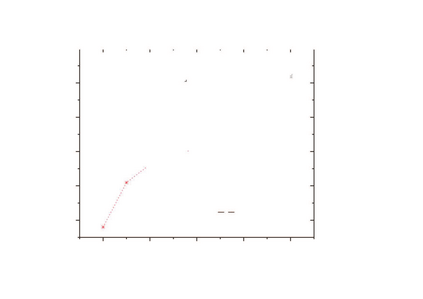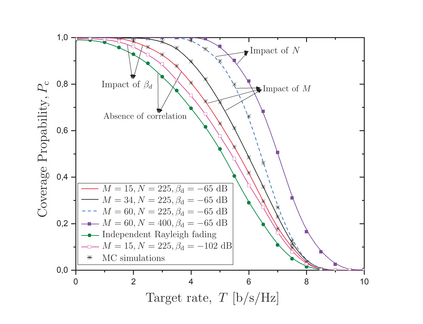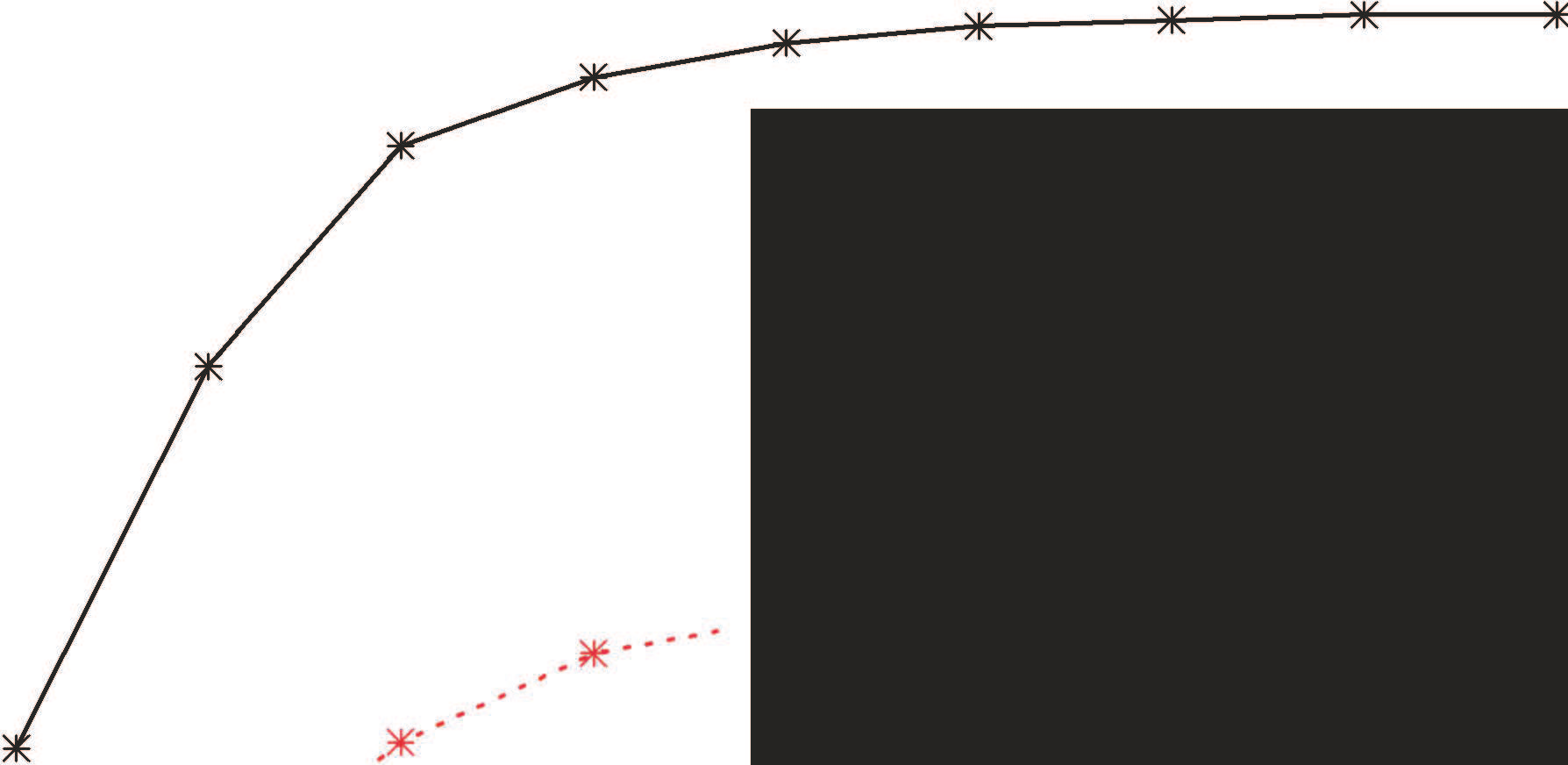This paper suggests the use of multiple distributed intelligent reflecting surfaces (IRSs) towards a smarter control of the propagation environment. Notably, we also take into account the inevitable correlated Rayleigh fading in IRS-assisted systems. In particular, in a single-input and single-output (SISO) system, we consider and compare two insightful scenarios, namely, a finite number of large IRSs and a large number of finite size IRSs to show which implementation method is more advantageous. In this direction, we derive the coverage probability in closed-form for both cases contingent on statistical channel state information (CSI) by using the deterministic equivalent (DE) analysis. Next, we obtain the optimal coverage probability. Among others, numerical results reveal that the addition of more surfaces outperforms the design scheme of adding more elements per surface. Moreover, in the case of uncorrelated Rayleigh fading, statistical CSI-based IRS systems do not allow the optimization of the coverage probability.
翻译:本文建议使用多种分布式智能反射表面(IRS)来更明智地控制传播环境。 值得注意的是,我们还考虑到IRS辅助系统中Raylei逐渐消退的必然关联性。 特别是在单一投入和单一产出(SISO)系统中,我们考虑并比较了两种有洞察力的设想方案,即数量有限的大型IRS和数量众多的有限型IRS,以显示哪种执行方法更有利。 朝着这个方向,我们通过使用确定性等值(DE)分析,从封闭式形式得出两种情况在统计频道国家信息(CSI)上的覆盖概率。 其次,我们获得了最佳的覆盖概率。 除其他外, 数字结果显示,增加更多的表面超出了每表面增加更多元素的设计计划。 此外,在与不相关Raylei 法的案例中,基于统计性CSI的IRS系统不允许优化覆盖概率。








